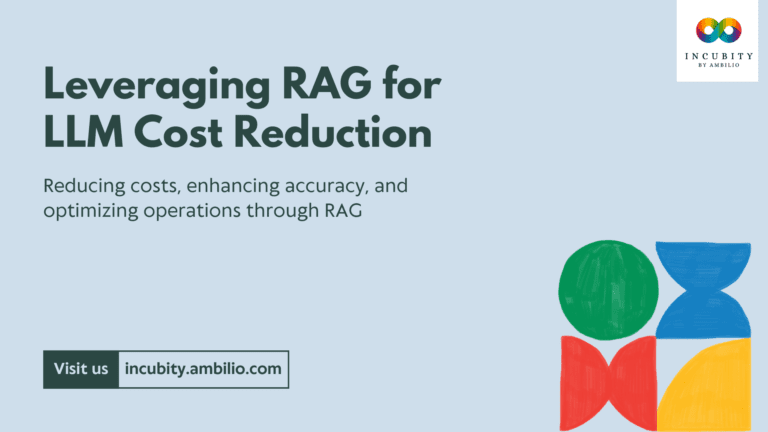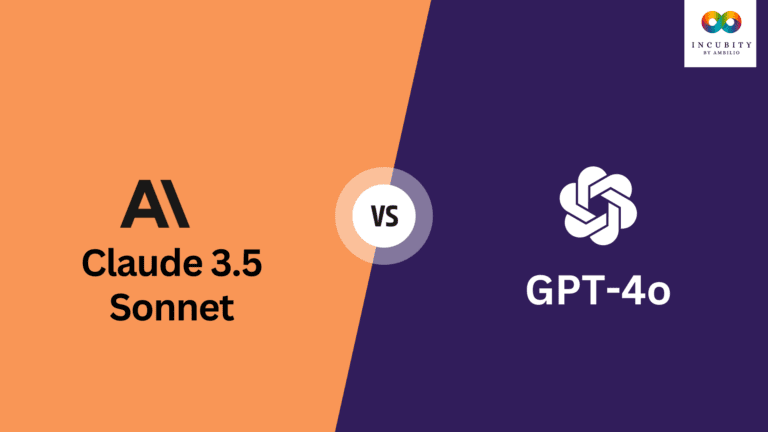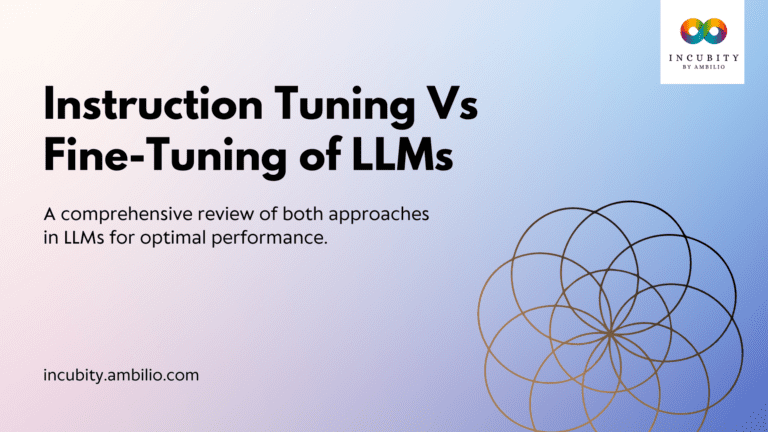Large Language Models (LLMs) have revolutionized the field of natural language processing (NLP), enabling machines to understand and generate human language with remarkable accuracy. However, despite their impressive capabilities, these models are not without flaws. One significant issue is their tendency to produce biased outputs. These biases can manifest in various forms and contexts, often reflecting the limitations of the training data and the algorithms used to develop these models. Understanding the scenarios where LLMs are most likely to produce biased outputs is crucial for mitigating their impact and ensuring the responsible use of AI technologies.
Training Data Bias
Training data is the backbone of any machine learning model, and LLMs are no exception. These models learn from vast datasets, which often contain inherent biases that can be transferred to the model. The bias in training data is one of the most prominent sources of biased outputs in LLMs.
Examples of Training Data Bias:
- Gender Stereotypes: If an LLM is trained on data that predominantly depicts certain professions, such as nurses being female and engineers being male, the model is likely to reinforce these stereotypes in its outputs. For instance, when asked to complete the sentence “A nurse should be caring, just like a…”, the model might complete it with “she,” reflecting a gender bias present in the training data.
- Racial Biases: Similarly, if a dataset includes biased representations of different racial groups, the model might produce outputs that reinforce these biases. For example, if the data associates certain ethnicities with negative connotations, the LLM might generate prejudiced text when prompted about those groups.
Impact: Training data bias can lead to outputs that perpetuate harmful stereotypes and reinforce societal prejudices. This can have real-world consequences, especially when these models are used in applications like hiring, law enforcement, or content generation.
Cultural and Linguistic Bias
Cultural and linguistic biases arise when LLMs are trained on data that reflects the dominant culture or language, often at the expense of others. These biases can result in outputs that are skewed towards certain cultural norms or languages, disadvantaging other groups.
Examples of Cultural and Linguistic Bias:
- Cultural Norms: An LLM trained primarily on Western literature might generate outputs that align with Western cultural norms, potentially marginalizing non-Western perspectives. For example, when asked about ideal beauty standards, the model might favor Western ideals, ignoring or misrepresenting beauty standards in other cultures.
- Linguistic Bias: Many LLMs are predominantly trained on English-language data, leading to biased performance in multilingual contexts. For instance, an LLM might struggle to understand or generate accurate text in low-resource languages or dialects, providing subpar outputs compared to its performance in English. This bias can result in the underrepresentation of these languages in AI applications, further marginalizing their speakers.
Impact: Cultural and linguistic biases can lead to the exclusion of minority groups and the erosion of cultural diversity in AI-generated content. This is particularly problematic in global applications, where inclusivity and representation are critical.
Temporal Bias
Temporal biases occur when the training data used for LLMs is limited to specific time periods, leading to outputs that may be outdated or irrelevant in the current context. These biases are particularly concerning in rapidly changing fields, such as technology, politics, and social issues.
Examples of Temporal Bias:
- Outdated Information: If an LLM is trained on data from several years ago, it might provide outdated information when queried about current events. For example, a model trained before the COVID-19 pandemic might lack relevant knowledge about the virus, vaccines, or public health measures, leading to inaccurate or biased outputs when discussing these topics.
- Historical Contexts: LLMs trained on historical data might also misinterpret contemporary issues, leading to biased outputs. For instance, a model trained on data from a time when certain discriminatory practices were more socially accepted might not fully grasp the current understanding of those issues, resulting in outputs that reflect outdated or biased views.
Impact: Temporal biases can result in misinformation and misrepresentation of current events, leading to a skewed understanding of the world. This is particularly dangerous in applications that rely on up-to-date information, such as news generation, policy analysis, and educational tools.
Confirmation Bias
Confirmation bias in LLMs occurs when the model tends to produce outputs that align with popular opinions or prevailing narratives in its training data. This can reinforce specific viewpoints and contribute to echo chambers, where only certain perspectives are amplified while others are marginalized.
Examples of Confirmation Bias:
- Political Opinions: If an LLM is trained on data that predominantly represents a particular political ideology, it might generate outputs that favor that ideology. For example, when asked about a controversial political issue, the model might produce responses that echo the majority opinion in the data, rather than presenting a balanced view.
- Ideological Bias: Similarly, if the training data reflects a specific ideological stance, the LLM might generate outputs that reinforce that ideology, potentially ignoring or dismissing alternative viewpoints. This can be particularly problematic in discussions around social issues, where diverse perspectives are essential.
Impact: Confirmation bias in LLMs can contribute to polarization and the spread of one-sided narratives. This is especially concerning in applications like social media content generation, where biased outputs can influence public opinion and exacerbate societal divides.
Emergent Biases
Emergent biases are unexpected biases that arise from the complex interactions within the model’s parameters. These biases are not explicitly present in the training data but emerge as a result of the model’s internal workings. Emergent biases are challenging to predict and control, making them a significant concern in LLMs.
Examples of Emergent Biases:
- Unexpected Stereotypes: An LLM might generate outputs that reflect stereotypes not explicitly present in the training data. For instance, when asked to describe a fictional character based on a vague prompt, the model might produce a description that unexpectedly aligns with a particular stereotype, even if the training data did not explicitly include such associations.
- Unintended Consequences: Emergent biases can also lead to unintended consequences in applications where LLMs are used for decision-making. For example, in an AI-powered hiring tool, the model might develop biases against certain applicant profiles based on subtle patterns in the data, even if these biases were not explicitly present in the training data.
Impact: Emergent biases are difficult to detect and address, as they are not directly linked to the training data. This makes them particularly insidious, as they can lead to biased outcomes in ways that are hard to anticipate or correct.
Final Words
In conclusion, large language models are prone to producing biased outputs in various scenarios, primarily due to the nature of their training data, cultural and linguistic limitations, temporal constraints, confirmation bias, and emergent biases. These biases can have significant real-world consequences, from perpetuating harmful stereotypes to marginalizing minority groups and spreading misinformation. Addressing these biases requires a comprehensive approach that includes curating diverse and representative training data, continuously updating models with current information, and developing techniques to identify and mitigate emergent biases. As AI continues to play a more prominent role in society, it is crucial to ensure that these technologies are developed and used responsibly, with a focus on fairness, inclusivity, and ethical considerations.







